Steaming fish is an art that balances precision and intuition, a culinary technique revered across cultures for its ability to preserve delicate flavors and textures. While many home cooks approach steaming with trepidation, fearing overcooked rubber or underdone flesh, professional chefs have long relied on a simple yet remarkably consistent formula: 1 centimeter of thickness requires 5 minutes of steaming. This golden rule transcends specific fish varieties and cooking equipment, serving as a universal compass for achieving translucent, just-set flesh that flakes apart with gentle pressure.
The science behind this principle lies in heat transfer dynamics. Water vapor at 100°C (212°F) penetrates food more evenly than dry heat, allowing the thermal energy to distribute through the fish's protein matrix at a predictable rate. At the 1cm-to-5-minute ratio, the flesh reaches an internal temperature of approximately 60-63°C (140-145°F), the sweet spot where collagen begins to relax without squeezing out precious moisture. This explains why a 3cm-thick salmon steak achieves perfection in 15 minutes, while slender fillets like sole might need barely 7-8 minutes.
Regional variations on this technique reveal fascinating adaptations. In Cantonese cuisine, chefs often employ the "finger test" alongside timing - pressing the fish's surface to check for springiness that indicates doneness. Mediterranean cooks frequently layer aromatics like fennel stalks beneath the fish to create an insulating steam buffer, while Nordic methods might incorporate juniper berries into the steaming liquid. These cultural nuances all respect the core timing principle, proving its versatility across diverse culinary traditions.
Modern kitchen technology has introduced variables that demand adjustments to the classic formula. Convection steam ovens with precise humidity controls can reduce cooking times by 15-20%, while bamboo baskets over woks may require slight extensions due to intermittent steam escape. The key lies in recognizing that the 5-minute benchmark refers to constant, vigorous steaming - any deviation from ideal conditions warrants compensatory timing. Many professional kitchens now use combi ovens programmed with thickness algorithms, yet still train chefs to verify doneness through traditional methods.
Beyond timing, preparation significantly impacts results. Scoring the skin of thicker cuts ensures even heat penetration, while bringing fish to room temperature prevents steaming time miscalculations. The common practice of draping scallion ribbons over fish isn't merely decorative - these aromatic bridges actually distribute steam more evenly across irregular surfaces. Perhaps most crucially, resting steamed fish for 3-4 minutes after cooking allows residual heat to complete the process without risking dryness, a step many home cooks overlook in their eagerness to serve.
This deceptively simple formula carries profound implications for sustainable cooking. Precise steaming eliminates the guesswork that leads to wasted, overcooked fish - a significant consideration given global seafood scarcity. It also maximizes nutritional retention; omega-3 fatty acids and vitamins remain more stable under controlled steaming than with aggressive cooking methods. As consumers increasingly prioritize both flavor and food ethics, mastering this elemental technique becomes not just culinary refinement, but a responsible kitchen practice.
Historical cookbooks reveal that the 1cm/5min principle has existed in various forms since at least the 18th century, though earlier recipes expressed it through finger widths or coin thicknesses rather than metric measurements. What modern science has confirmed is that this ancestral wisdom aligns perfectly with food chemistry - the time required for heat to denature proteins at this specific depth creates textural perfection. Contemporary molecular gastronomy research has further validated the ratio through thermal imaging studies showing how heat propagates through piscine muscle tissue.
The true beauty of this formula lies in its adaptability. Whether preparing a whole striped bass for a banquet or individual sea bass fillets for a weeknight dinner, the proportional relationship between thickness and time remains constant. This reliability has made it a cornerstone technique in culinary schools from Paris to Tokyo, proving that sometimes the most powerful kitchen wisdom comes not from complex calculations, but from observing fundamental physical relationships. As global cuisines continue to evolve and intersect, such universal principles become the common language connecting cooks across cultures.

By /Aug 11, 2025
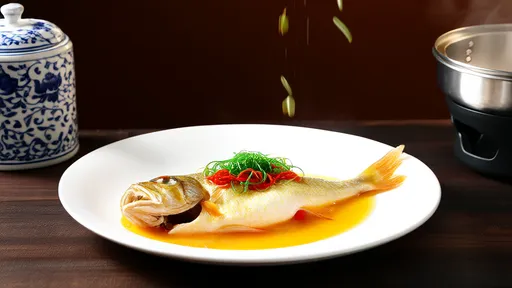
By /Aug 11, 2025

By /Aug 11, 2025
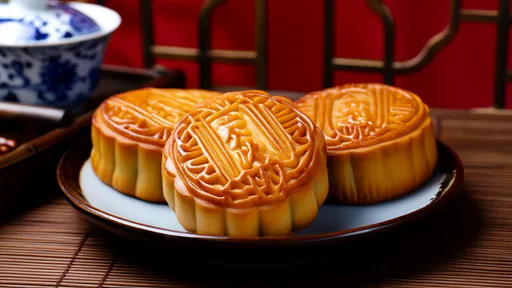
By /Aug 11, 2025
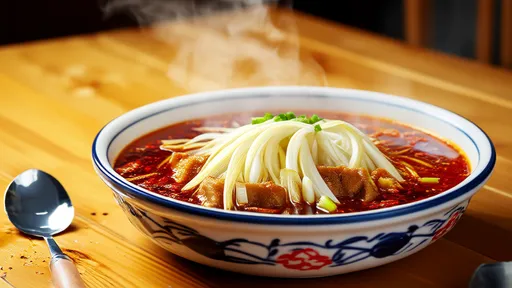
By /Aug 11, 2025

By /Aug 11, 2025

By /Aug 11, 2025
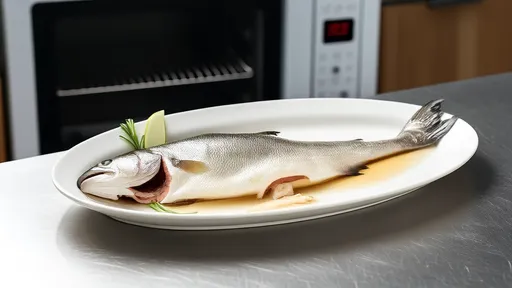
By /Aug 11, 2025

By /Aug 11, 2025

By /Aug 11, 2025
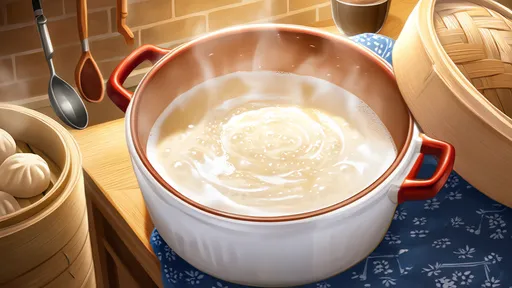
By /Aug 11, 2025
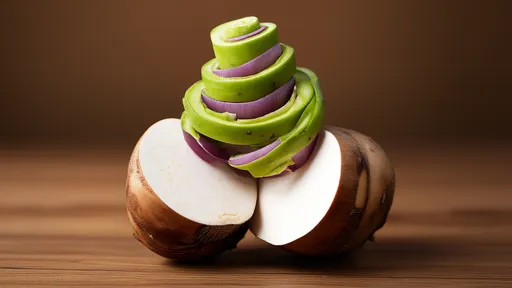
By /Aug 11, 2025
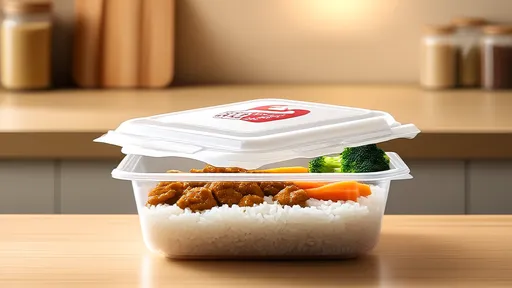
By /Aug 11, 2025

By /Aug 11, 2025

By /Aug 11, 2025
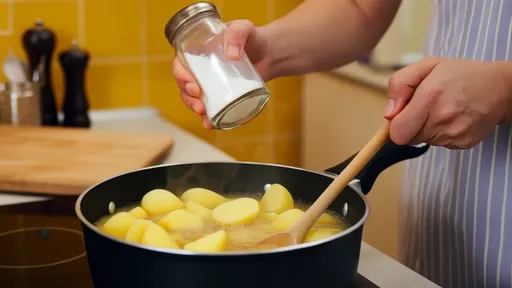
By /Aug 11, 2025
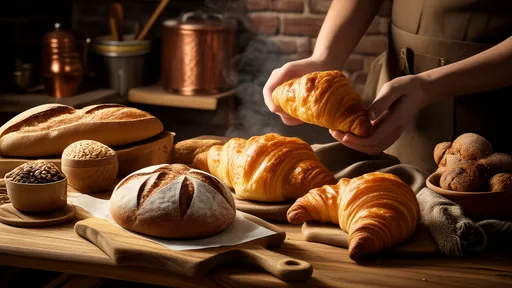
By /Aug 11, 2025
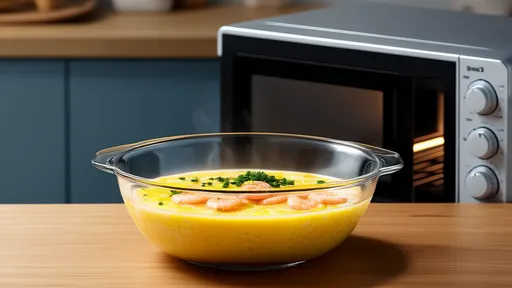
By /Aug 11, 2025
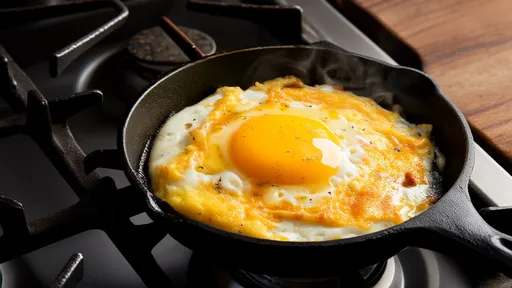
By /Aug 11, 2025
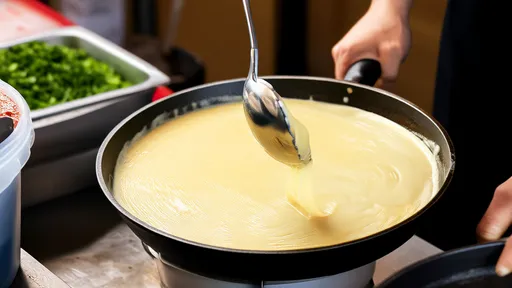
By /Aug 11, 2025